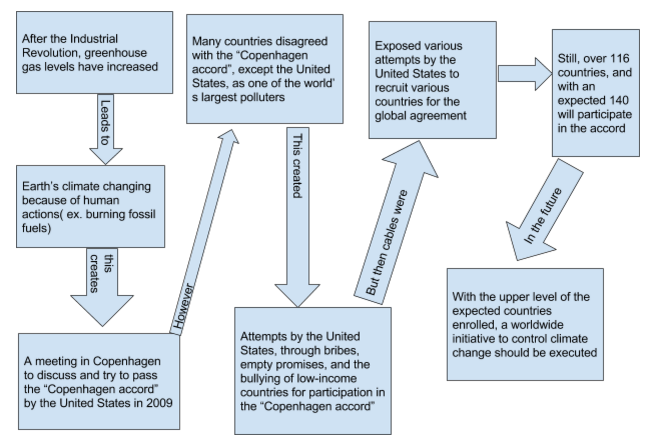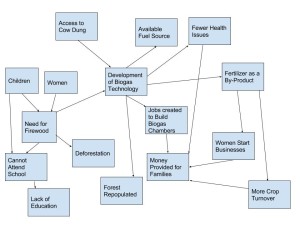- In the module, different levels of biodiversity were discussed. Now, in 150-200 words, discuss the biodiversity in your own home town. Start by stating the area that you are identifying in, and then go into the biodiversity present and the scale in your town.
ANSWER: My hometown is Westfield, New Jersey. My town is home to many different species being situated in the temperate climate of New Jersey, with several county parks that help to maintain biodiversity. A few species in my town include Black Bears, Red-winged Blackbird, Carolina Wren, American Robin, Red-bellied Woodpecker, coyotes, White-tailed Deer, and the Peregrine Falcon. Many of these species have adapted to living in a place with cold winters and warm summers, basically with a wide degree of variability in temperature. The biodiversity of my area is quite large given its changing conditions, but not as large as a warmer, greener area like a rainforest. The parks in my hometown actually do a very good job at maintaining the biodiversity in my area. People, including myself, are constantly seeing herds of deer and sometimes even bears and coyotes in the parks, meaning that the parks are maintained and can support a wide amount of wildlife. However, because of reduced habitat, more and more deer are wandering residual areas and golf courses. Habitat loss has become a large issue in my town.
- Now, that you have addressed the biodiversity in your town, discuss how the biodiversity is decreasing or increasing. Why is this happening? Try to do this in 150-200 words.
ANSWER: Invasive species, as well as loss of habitat, are the two largest issues of biodiversity in my town. The Formosan Subterranean Termite is an invasive species in my hometown. It arrived in 2003 after hiding on ships coming from the Pacific, specifically from China. The termites do not have many natural predators, especially because they have been introduced into the area very recently. As a result, they have been competing with the natural termite species and have caused expensive structural damage because they are not hunted. Purple loosestrife is another invasive plant to my area. Purple loosestrife is an issue because it will check out native plant species if they are unchecked. While its origins cannot be determined, it does become a large problem if unkept. Habitat loss is another large area of concern when it comes to a loss of biodiversity. Being so close to major cities, New York City and Newark, many people want to live in my town. This means that trees and woodland areas are constantly being torn down to make room for houses if they have not been already.
- In 150-200 words, discuss what you would like to see your town or area do in the future to increase its biodiversity or something that your town is currently trying to do.
ANSWER: To help decrease the issue behind the purple loosestrife, my town has planned to release Gallerucella beetles to help decrease the plant’s population. The bugs are kept in chilled containers before their release, so once they hit the warm weather outside, they become very active and begin munching on the purple loosestrife at very high frequencies. This helps decrease the amount of purple loosestrife to a tolerable level. The interesting part is that the Gallerucella beetle is actually another invasive species, but their levels are easier to control than the loosestrife, so they are used as a form of defense and then die. I think I would really like to see my town enact a regulation or uphold a level of woodland density and area. Given a large amount of deforestation in my area, many animals have become displaced or have died. I would like to see my town honor the idea that they need to have a certain area of woodland to recover from a lot of trees that they have taken down. This will help to maintain the biodiversity in the area before it is too late.



